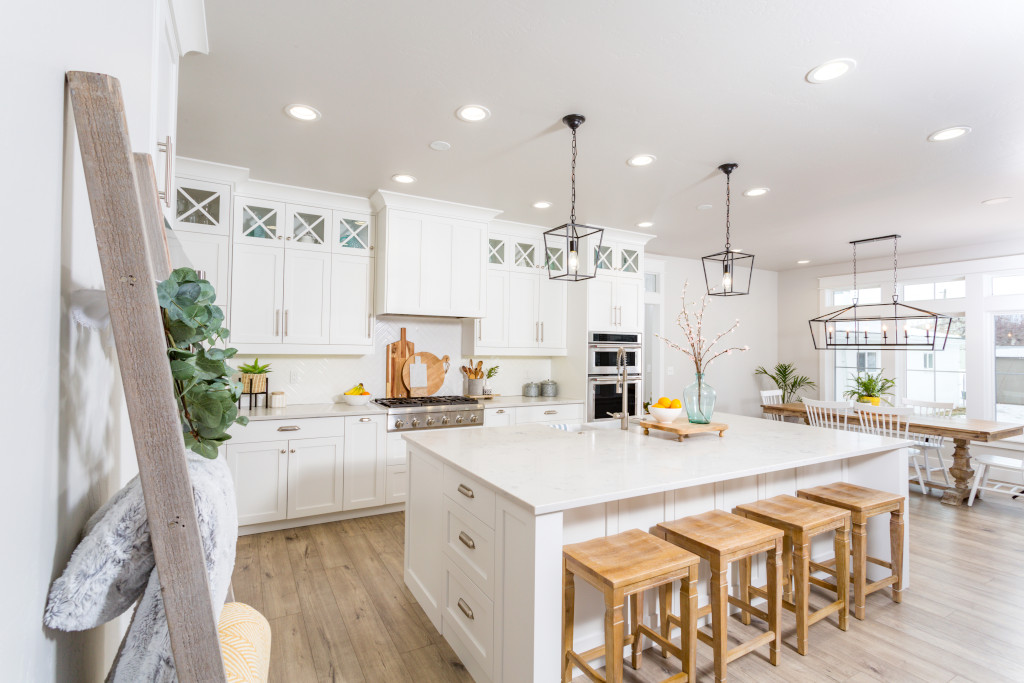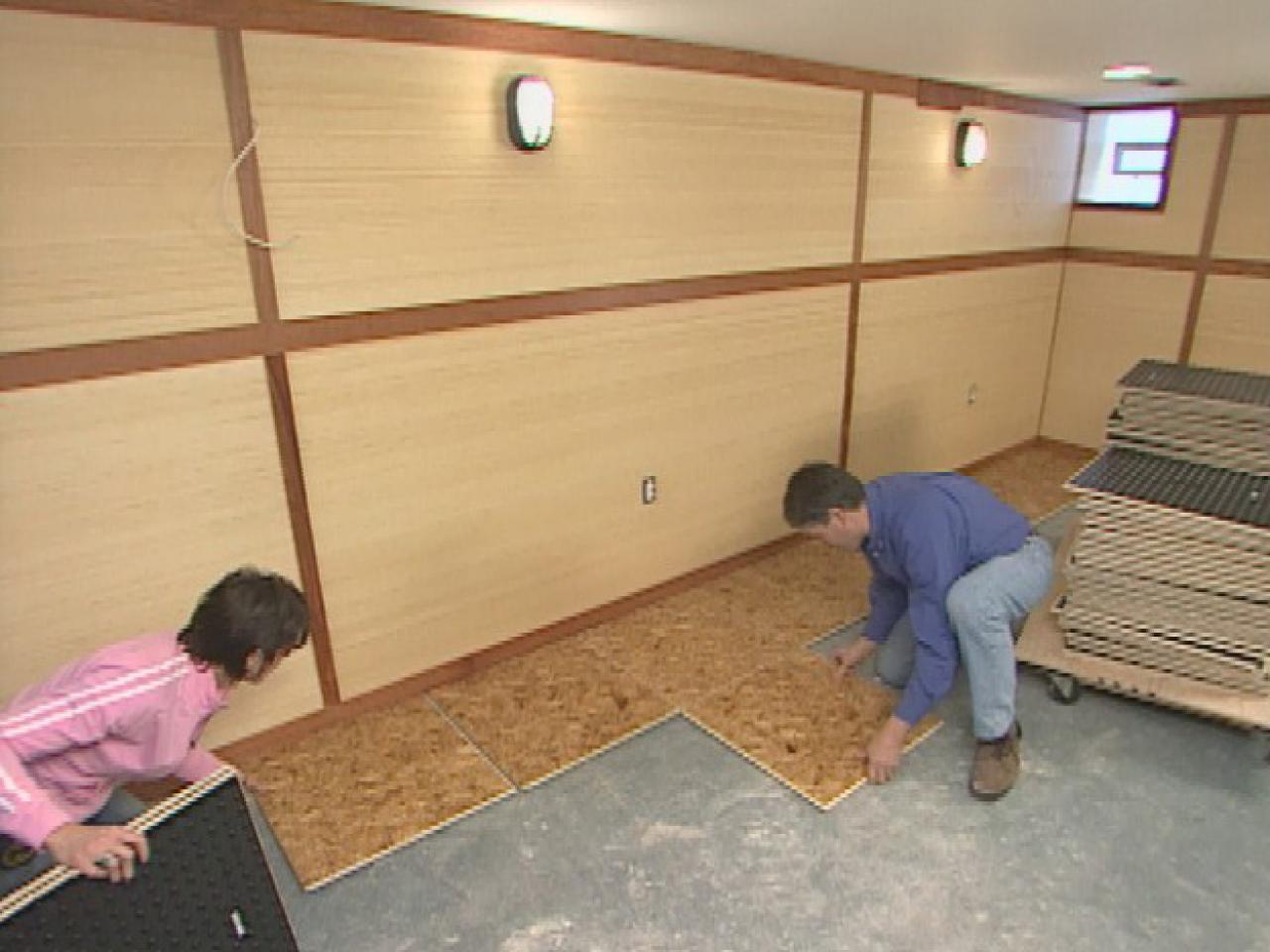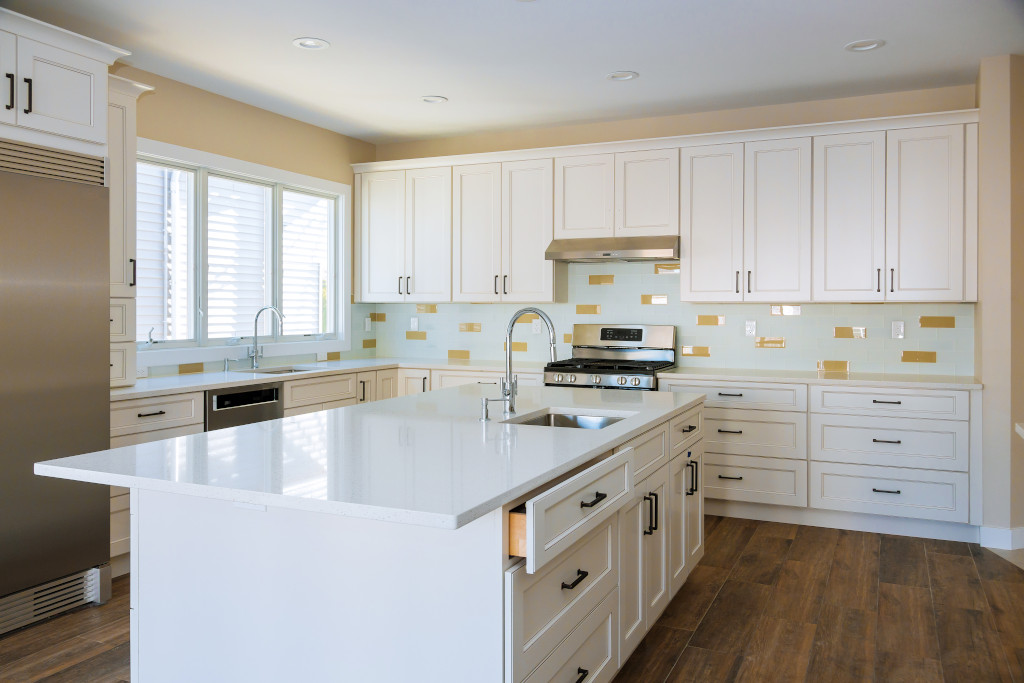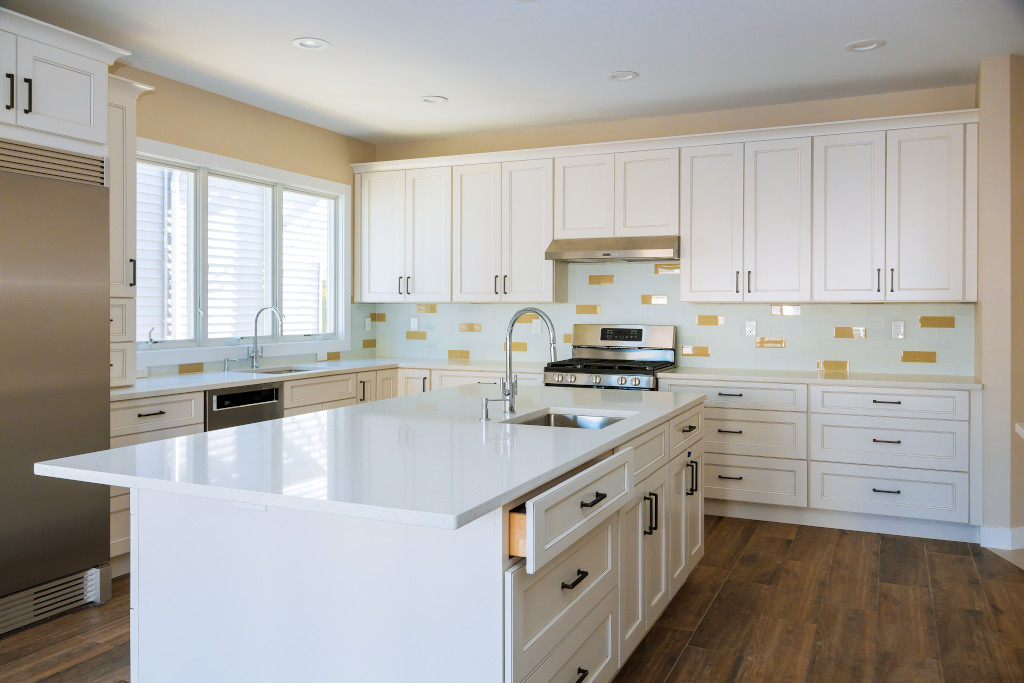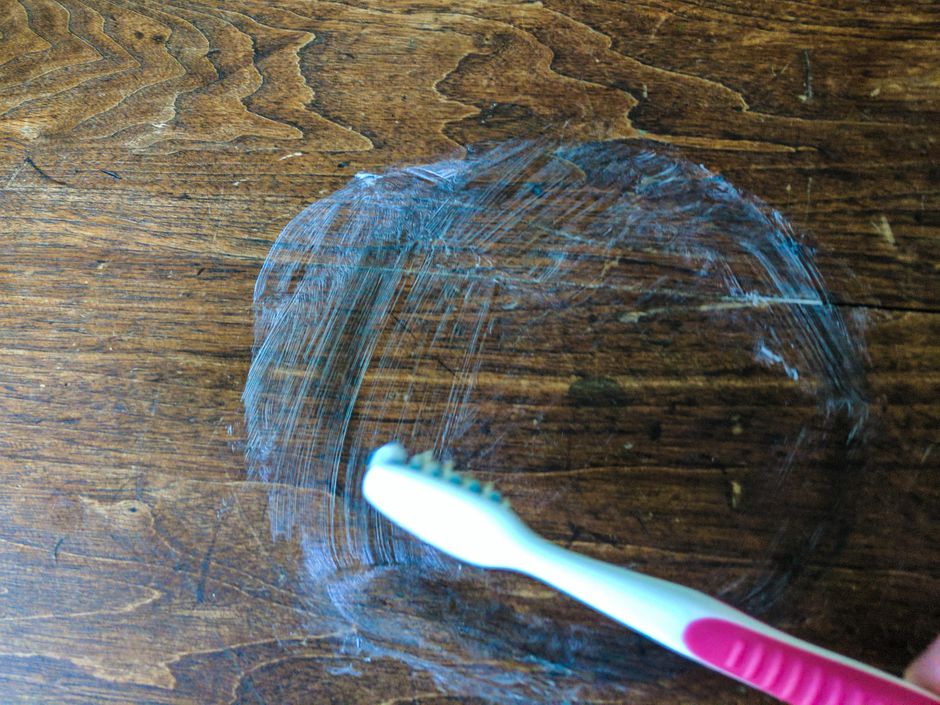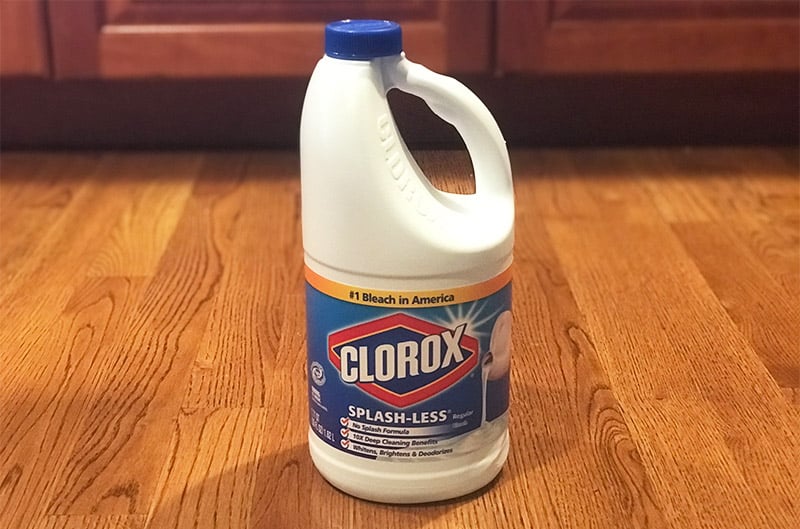Temperature fluctuations are one of the worst nightmares of constructors. Pouring concrete in cold weather can be a disaster. You know exactly what this is about if you have ever tried to pour concrete in winter.
In winter, the frost comes and insults the construction site with its presence and makes almost all projects impossible or at least very difficult. Pouring concrete is not an exception.
It’s important to monitor conditions closely during the process, especially if you’re pouring a big load of concrete. This is because; the temperature changes can greatly affect how it sets up and how strong it will be ultimately.
This article gives you a comprehensive guide you need to follow to pour concrete in cold weather successfully. Let’s get started!
Effects of Cold Weather on Concrete
In cold temperature conditions, your hand truck crane needs to work harder since the load it’s carrying is more taxing on a crane in cold weather than a lighter one in warm weather. This is because the colder air temperature outside will make the hand truck crane engine work harder.

Image caption: https://www.knightscompanies.com
Cold weather also affects straddle carriers. For example, if you’re pouring on a slab that’s slightly below the temperature at which concrete cures properly, you have to be very careful when handling the material with a straddle carrier.
In the first place, it may be pretty difficult to get a straddle carrier to pick up your load. Even if you manage that, if left for a long period, the middle of the load will start cooling and hardening much faster than its edges/ends, which are still warm from the straddle carrier engine. This means your load will not be balanced anymore, and it can fall apart in mid-air, causing a dangerous situation for the workers.
Concrete Temperature When Pouring Concrete
The appropriate concrete temperature is between 65°F and 75°F. At this temperature, the concrete is in a reasonable range for placement and finishing.
If the exterior temperature drops below 50°F, it will become increasingly difficult to handle. Not even mentioning how this can be dangerous if the straddle carrier gets out of control and you’re in its way.
If the concrete temperature drops below 40°F, it will start freezing and setting up too rapidly. It would be good to stop pouring until the temperature rises again. The time required for proper hydration varies with mix design, equipment mixing procedure, and environmental conditions. In cold, the process takes longer because everything is slower, and the chemical reaction is slowed down.
Concrete Temperature When Setting Up
While the hand truck crane is mixing concrete, the temperature of the batch should be checked frequently. If it’s dropping quickly, you should stir well or, if possible, increase the amount of water used in your mix.
According to ACI (American Concrete Institute), the maximum air temperature for concrete placement should be 50°F. If you’re pouring a higher load than that, it’s advisable to mist or spray water on exposed surfaces. This will slow down the evaporation of heat from fresh concrete, and thus also the initial curing process time will increase, which is not a bad thing.
Precautions and Tips When Pouring Concrete in Winter
When you pour concrete in cold weather, you should take proper precautions. Pouring concrete in very cold conditions is not advisable since it increases the risks of form damage, cold joints, and changes to bleed water.

Image caption: https://www.fprimec.com
Here are some tips and precautions to consider when you pour concrete on a cold day:
You should account for higher water content when mixing concrete in freezing conditions since the evapotranspiration process is much slower when it’s cold outdoorsLet your concrete mix rest for a few minutes before pouring it to avoid the initial curing process time being longer than necessary.Don’t place concrete on frozen ground or ice because this will increase the risks of form damage.Use construction heaters to thaw frozen ground before pouring the concrete. This will minimize the risks of form damage and shorten the time needed to pour concrete.Warm-up anything that will get in contact with the concreteBe aware of the chemical reactions in cold weather, especially when dealing with certain admixtures.Keep your spray nozzles clean at all times by using warm water instead of cold water for flushing them. This will ensure that there is no chance of freezing within the spray nozzles.Keep a watchful eye on the concrete being poured to ensure that it does not have any unwanted admixtures or foreign materials in it.Avoid placing concrete when the ambient temperature is close to or below the dew point. This can make your concrete mix lose strength and make it more plastic.If you need to pour concrete during cold weather, it will be better to use normal-strength concrete instead of high-strength. This is because high-strength concrete can freeze before curing concrete.Try to ensure that the ambient temperature is higher than the temperature of the concrete being poured to avoid dealing with frozen forms.Ensure that your equipment is properly heated before getting started to be operated without problems when dealing with freezing temperatures.To reduce the risks of form damage, keep your concrete mix lean so that it can stay workable for longer periods.To avoid having cold joints, don’t place more than 36 inches of concrete between joints. This is because these spaces can become prime locations for freezing action.When you’re dealing with cold weather conditions, you should consider using low-heat cement. This type of cement can achieve its desired strength even with concrete poured in freezing weather conditions.Use insulating blankets or concrete curing blankets to maintain concrete temperatures
FAQs on Pouring Concrete in Cold Weather
What is cold weather concreting?
Cold weather concreting is a practice that involves pouring concrete slab when the ambient temperature is between 40°F and 60°F. This type of cold weather concrete can be easily poured in cold conditions because its required strength won’t be affected, leading to a stronger final structure.
How cold is too cold for pouring concrete?
The average daily air temperature should be between 40°F and 60°F. If the temperatures are below 40°F, then it will be advisable for you to wait until they rise again before concreting. If they are above 60°F, you should not pour concrete in these conditions because this can affect the quality of your mix design.
Final Thoughts on Pouring Concrete in Cold Weather
Cold weather should never be reason enough to stop building your house because you still pour concrete in cold weather. All you need to do is to ensure that you know the steps involved in the process to deal with any challenges that come your way. Also, ensure you get perfect cold weather concrete.
The post Pouring Concrete in Cold Weather appeared first on Kitchen Infinity.
Did you miss our previous article…
https://chefbuano.com/?p=127


